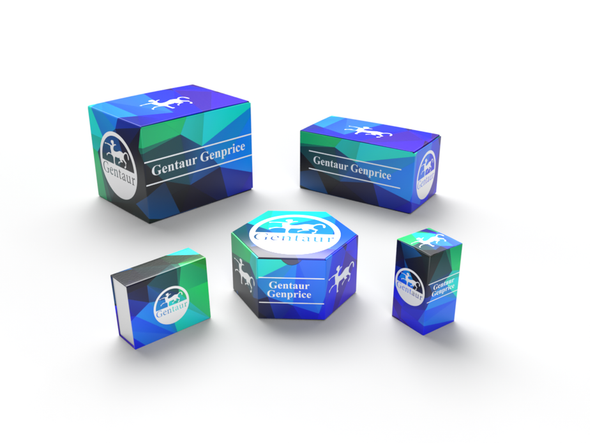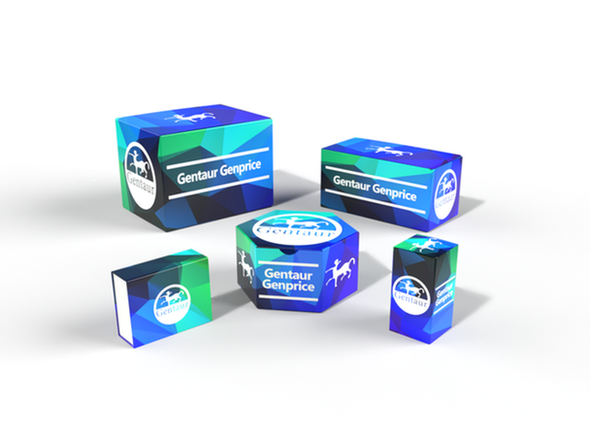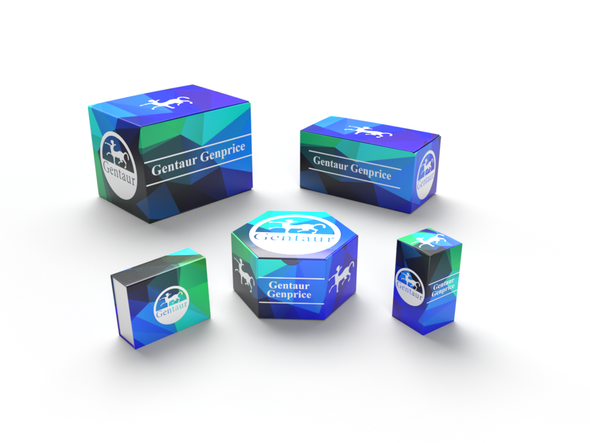740
Pig 1, 25-Dihydroxyvitamin D3 (1, 25 DHVD3) ELISA Kit | AE22922PI
- SKU:
- 740-AE22922PI
- Availability:
- Usually ships in 5 working days
Description
Pig 1, 25-Dihydroxyvitamin D3 (1, 25 DHVD3) ELISA Kit | AE22922PI | Gentaur UK, US & Europe Distribution
Species Reactivity: Pig (Sus scrofa; Porcine)
Abbreviation: 25-Dihydroxyvitamin
Alternative Name: N/A
Application: ELISA
Range: 123.5-10000 pg/mL
Sensitivity: 49.5 pg/mL
Intra-Assay: ≤5.1%
Inter-Assay: ≤7.1%
Recovery: 0, 97
Sample Type: Serum, Plasma, Other biological fluids
Detection Method: Sandwich
Analysis Method : Quantitive
Test Principale: This assay employs a two-site sandwich ELISA to quantitate 25-Dihydroxyvitamin in samples. An antibody specific for 25-Dihydroxyvitamin has been pre-coated onto a microplate. Standards and samples are pipetted into the wells and any25-Dihydroxyvitamin present is bound by the immobilized antibody. After removing any unbound substances, a biotin-conjugated antibody specific for 25-Dihydroxyvitamin is added to the wells. After washing, Streptavidin conjugated Horseradish Peroxidase (HRP) is added to the wells. Following a wash to remove any unbound avidin-enzyme reagent, a substrate solution is added to the wells and color develops in proportion to the amount of 25-Dihydroxyvitamin bound in the initial step. The color development is stopped and the intensity of the color is measured.
Product Overview: 1, 25- (OH) 2D3, the active metabolite of vitamin D, regulates immune responses in addition to its role in calcium, phosphorus, and bone metabolism. Recent data suggests that 1, 25- (OH) 2D3 blocks dendritic cell maturation influencing the development of regulatory T cells. High dose 1, 25- (OH) 2D3 monotherapy is effective at delaying acute rejection. The vitamin D receptor (VDR), which functions as a transcription factor, forms a complex with Smad 3, a TGFb-1 signaling protein, in rat renal lysates for treated recipients. 1, 25- (OH) 2D3 significantly prolonged graft survival, limited the degree of intersitial fibrosis and glomerulosclerosis, decreased urinary protein and altered Smad and MMP expression in a rat renal model of CAN. In a retrospective clinical study, that cadaveric renal transplant recipients with renal insufficiency placed on calcitriol demonstrate improved renal function and improved graft survival.
Stability: The stability of ELISA kit is determined by the loss rate of activity. The loss rate of this kit is less than 5% within the expiration date under appropriate storage condition. The loss rate was determined by accelerated thermal degradation test. Keep the kit at 37°C for 4 and 7 days, and compare O.D.values of the kit kept at 37°C with that of at recommended temperature. (referring from China Biological Products Standard, which was calculated by the Arrhenius equation. For ELISA kit, 4 days storage at 37°C can be considered as 6 months at 2 - 8°C, which means 7 days at 37°C equaling 12 months at 2 - 8°C) .






